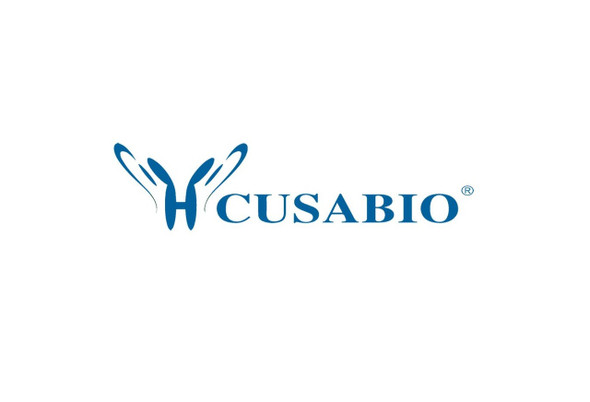Cusabio Shigella flexneri Recombinants
Recombinant Shigella flexneri Invasin ipaB (ipaB), partial | CSB-YP322404SZB
- SKU:
- CSB-YP322404SZB
- Availability:
- 25 - 35 Working Days
Description
Recombinant Shigella flexneri Invasin ipaB (ipaB), partial | CSB-YP322404SZB | Cusabio
Alternative Name(s): 62 kDa antigen (CP0128)
Gene Names: ipaB
Research Areas: Cell Biology
Organism: Shigella flexneri
AA Sequence: MHNVSTTTTGFPLAKILTSTELGDNTIQAANDAANKLFSLTIADLTANQNINTTNAHSTSNILIPELKAPKSLNASSQLTLLIGNLIQILGEKSLTALTNKITAWKSQQQARQQKNLEFSDKINTLLSETEGLTRDYEKQINKLKNADSKIKDLENKINQIQTRLSELDPESPEKKKLSREEIQLTIKKDAAVKDRTLIEQKTLSIHSKLTDKSMQLEKEIDSFSAFSNTASAEQLSTQQKSLTGLASVTQLMATFIQLVGKNNEESLKNDLALFQSLQESRKTEMERKSDEYAAEVRKAEELNRVMGCVGK
Source: Yeast
Tag Info: N-terminal 6xHis-tagged
Expression Region: 1-312aa
Sequence Info: Partial
MW: 36.7
Purity: Greater than 85% as determined by SDS-PAGE.
Relevance: Effector proteins function to alter host cell physiology and promote bacterial survival in host tissues. Forms a pore with IpaC, which is inserted into the host cell membrane through the Mxi/Spa apparatus, during cell contact. This pore probably allows the translocation of IpaA. IpaB has also been found to be necessary and sufficient to activate macrophage apoptosis by binding to interleukin-1 beta converting enzyme . Has also been shown to be important, along with IpaD, to block or regulate secretion through the Mxi/Spa translocon in the presence or absence of the secretion signal, respectively. Through interaction with host human MAD2L2, constitutively activates the anaphase-promoting complex APC and induces a cell cycle arrest to prevent epithelial renewal in order to promote bacterial colonization.
Reference: "IpaB, a Shigella flexneri invasin, colocalizes with interleukin-1 beta-converting enzyme in the cytoplasm of macrophages." Thirumalai K., Kim K.-S., Zychlinsky A. Infect. Immun. 65:787-793(1997)
Storage: The shelf life is related to many factors, storage state, buffer ingredients, storage temperature and the stability of the protein itself. Generally, the shelf life of liquid form is 6 months at -20?/-80?. The shelf life of lyophilized form is 12 months at -20?/-80?.
Notes: Repeated freezing and thawing is not recommended. Store working aliquots at 4? for up to one week.
Function:
Involvement in disease:
Subcellular Location:
Protein Families:
Tissue Specificity:
Paythway:
Form: Liquid or Lyophilized powder
Buffer: If the delivery form is liquid, the default storage buffer is Tris/PBS-based buffer, 5%-50% glycerol. If the delivery form is lyophilized powder, the buffer before lyophilization is Tris/PBS-based buffer, 6% Trehalose, pH 8.0.
Reconstitution: We recommend that this vial be briefly centrifuged prior to opening to bring the contents to the bottom. Please reconstitute protein in deionized sterile water to a concentration of 0.1-1.0 mg/mL.We recommend to add 5-50% of glycerol (final concentration) and aliquot for long-term storage at -20?/-80?. Our default final concentration of glycerol is 50%. Customers could use it as reference.
Uniprot ID: P18011
HGNC Database Link: N/A
UniGene Database Link: N/A
KEGG Database Link: N/A
STRING Database Link: N/A
OMIM Database Link: N/A






